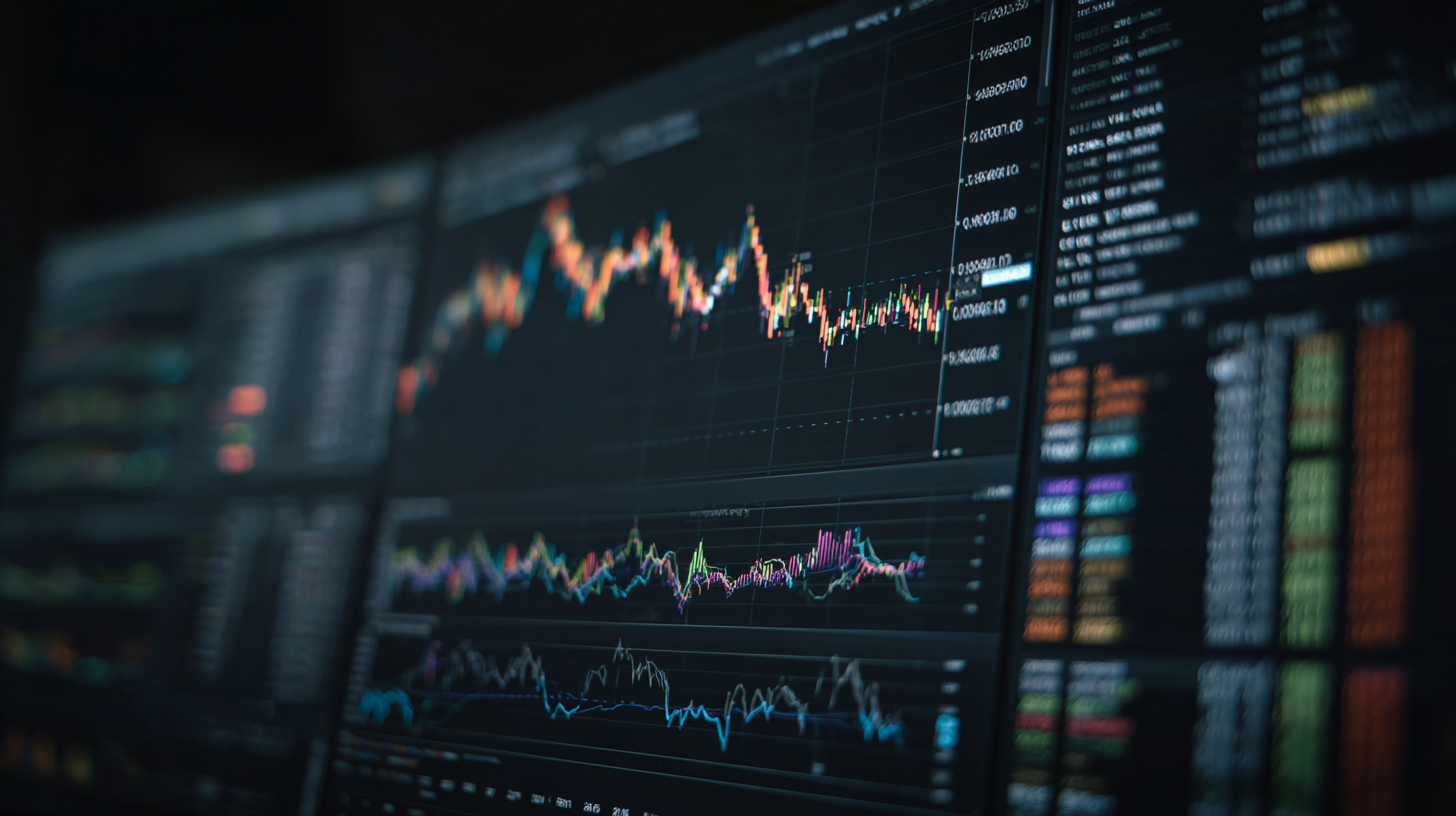In the rapidly evolving landscape of automotive customization, optimizing PPF cutting data has emerged as a critical factor for enhancing precision and efficiency in installation processes. According to a recent industry report by MarketsandMarkets, the global demand for Paint Protection Film (PPF) is projected to reach $1.48 billion by 2025, growing at a CAGR of 6.3%. This surge underscores the necessity for installers to refine their techniques, particularly in the management and application of PPF cutting data to minimize waste and maximize accuracy. By leveraging advanced software solutions and precision cutting technology, professionals can not only improve operational productivity but also ensure a flawless finish that meets client expectations. As the market becomes increasingly competitive, honing in on efficient PPF cutting data practices will be paramount for success in the industry.

In the realm of Paint Protection Film (PPF) cutting processes, optimizing data collection is pivotal for both precision and efficiency. According to a recent report from the International Standards Organization, companies that adopt systematic data collection methods can improve their cutting efficiency by up to 30%. This is largely attributable to reduced material waste and enhanced accuracy in film placement. Collecting data on temperature, humidity, and material tension during the cutting process allows operators to make real-time adjustments, leading to more precise cuts and improved overall output quality.

Best practices for data collection in PPF cutting include leveraging advanced analytics and IoT technologies. A study by the PPF Manufacturers Association noted that utilizing smart sensors can lead to a 25% increase in cutting speed when integrated with a centralized data management system. Additionally, maintaining a robust database of historical cutting patterns allows for predictive analysis, enabling businesses to forecast material requirements and minimize downtime. Emphasizing precise data collection methods not only streamlines operations but also promotes a culture of continuous improvement, vital for staying competitive in the rapidly evolving PPF market.
In the fast-evolving automotive protection industry, optimizing PPF cutting data is crucial for enhancing precision and efficiency. Utilizing CAD software plays a pivotal role in achieving this. According to recent industry reports, the global paint protection film market is projected to reach USD 1 billion by 2027, driven by the increasing demand for automotive customization and protection solutions. CAD software enables precise design layouts, allowing installers to minimize material waste and improve fitting accuracy, which is essential as the market pivots towards more complex and custom designs.
With advancements in color paint protection film (PPF) technology, companies are now able to offer next-generation solutions that meet diverse customer needs, particularly in competitive markets such as Dallas-Fort Worth. Implementing advanced CAD tools enhances the cutting process by creating intricate patterns and cuts that align perfectly with vehicle contours. Data indicates that efficient cutting techniques can reduce installation time by up to 30%, positively impacting workflow and customer satisfaction. As the demand for fleet wrapping services expands, leveraging CAD capabilities will be vital for service providers aiming to stay ahead in precision and efficiency.
In the world of paint protection film (PPF) cutting, optimizing cutting patterns plays a crucial role in reducing material waste. By utilizing advanced software and algorithms, manufacturers can analyze the layout of film pieces to ensure that every section is maximally utilized. This involves mapping out the templates in a way that minimizes scrap material while still adhering to the design and fit requirements of the vehicle. Through strategic arrangement, companies can significantly decrease the amount of excess film generated during the cutting process.
Additionally, the incorporation of cutting-edge technology, such as automated cutting machines, allows for precise execution of these optimized patterns. These machines are designed to follow the calculated layouts with high accuracy, further minimizing waste. Regular assessment and refining of cutting patterns based on real-world feedback and production data can lead to continuous improvements in efficiency. Not only does this practice help in reducing material costs, but it also reinforces a company’s commitment to sustainability by minimizing waste in production processes.
The advent of machine learning has revolutionized various industries, and the PPF (Paint Protection Film) cutting sector is no exception. By leveraging advanced algorithms, companies can significantly improve the precision of their cutting data, ensuring that every piece of film fits seamlessly onto the vehicle surface. According to a report by MarketsandMarkets, the global PPF market is projected to reach $1.78 billion by 2025, necessitating improved efficiency in production processes to keep pace with rising demand.
Machine learning optimizes the PPF cutting process by analyzing vast datasets generated during production. This analysis allows for predictive modeling, which helps in identifying the most efficient cutting patterns and reducing material waste. A study published by the International Journal of Advanced Manufacturing Technology indicated that manufacturers using machine learning techniques experienced a 15% increase in efficiency and a 20% reduction in material costs. These enhancements not only streamline operations but also elevate the overall quality of the end product, meeting the high standards expected in the automotive industry.
 In the paint protection film (PPF) industry, precision and efficiency are paramount to achieving optimal results. Recent industry metrics indicate that the accuracy of cutting data can significantly impact the final application quality. For instance, a study by a leading market research firm highlights that precise data input can reduce material waste by up to 20%, thus enhancing overall productivity. Moreover, maintaining a cutting tolerance of less than 0.5 mm is essential for ensuring a seamless finish on vehicles, which has become a crucial standard in the market.
In the paint protection film (PPF) industry, precision and efficiency are paramount to achieving optimal results. Recent industry metrics indicate that the accuracy of cutting data can significantly impact the final application quality. For instance, a study by a leading market research firm highlights that precise data input can reduce material waste by up to 20%, thus enhancing overall productivity. Moreover, maintaining a cutting tolerance of less than 0.5 mm is essential for ensuring a seamless finish on vehicles, which has become a crucial standard in the market.
Furthermore, efficiency in the PPF application process can be measured by the average installation time per vehicle. Current benchmarks suggest that a skilled technician can successfully apply PPF in approximately 2 to 4 hours, depending on the complexity of the vehicle's shape and surface area. Streamlining cutting data not only aids in reducing installation time but also minimizes the potential for errors, further contributing to improved customer satisfaction and retention. As industry stakeholders continue to evolve their techniques, adhering to these metrics will be vital for maintaining competitive edges in the fast-paced PPF market.











